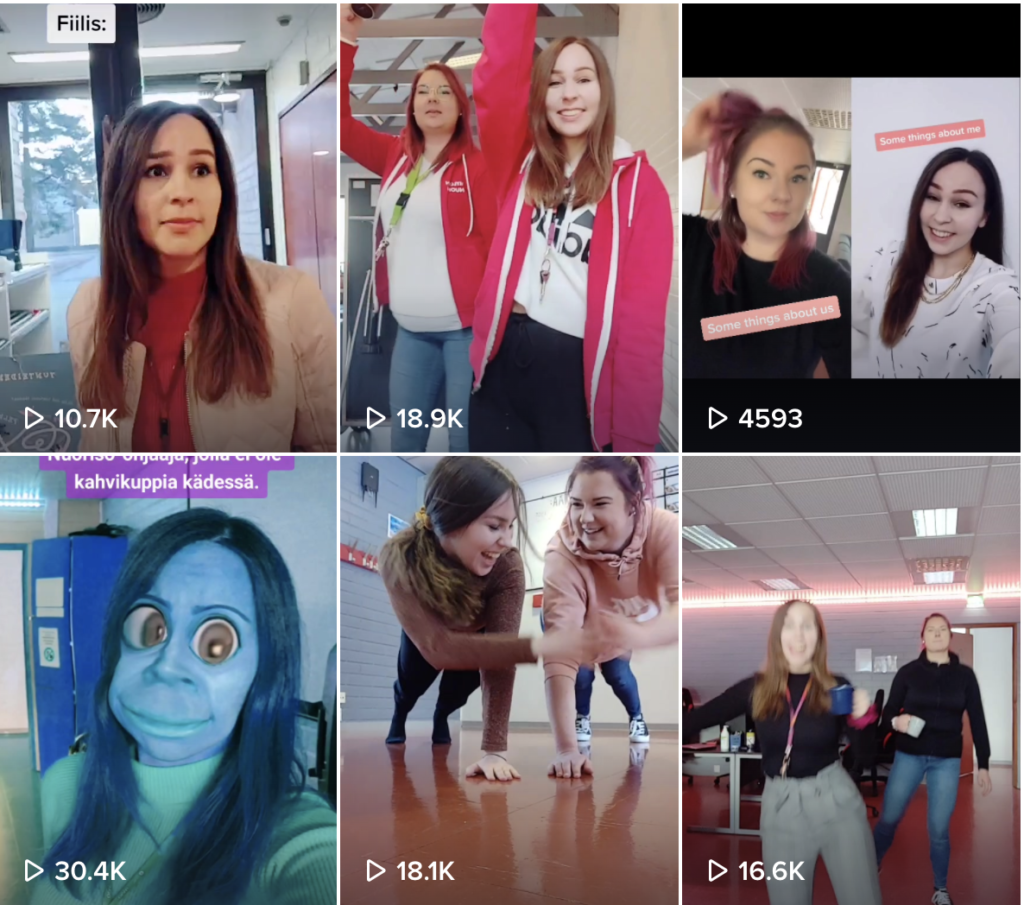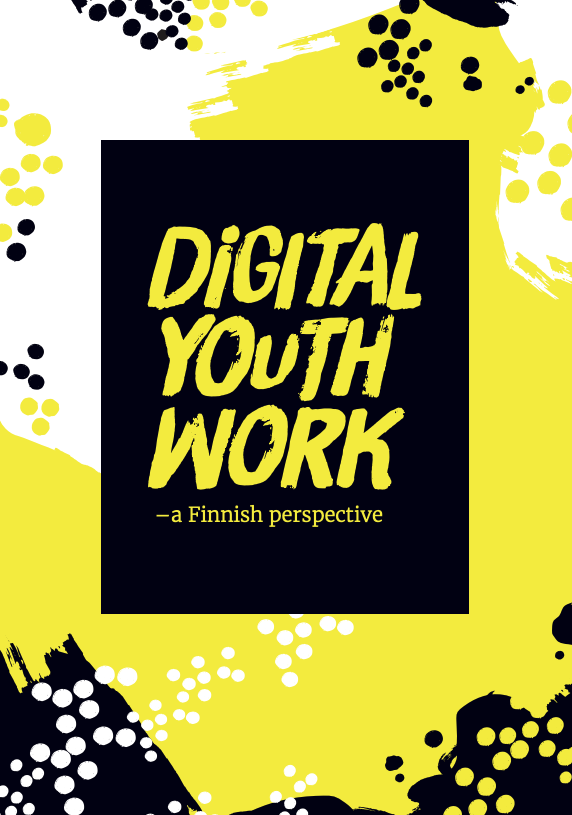Whatever the form of service, the most important starting point is always the information that the young person needs. Chatbots will allow young people to have even better service coordination. Reflecting on professional competence and writing down tacit knowledge may also affect the development of youth work content.
Chatbots in digital youth work
The What the Bot online panel had experts discuss the opportunities and challenges related to utilising chatbots. The discussion showed that the opportunities and challenges related to chatbots are two sides of the same coin. To avoid repetition, these have been recorded in the table only once.
| |
Opportunities |
Challenges |
| Technology |
- Independence of time and place
- Improving service content
- Ease of use
- Targeted services
- Automation of routine tasks
- Several technical options
- Serving as an information asset
|
- The coldness of technology (lack of empathy, facial expressions and gestures)
- Problems associated with data protection and security
- Ethical considerations
- Excessive expectations
- A machine cannot identify the need for information
|
| Young person |
- Accessible and personal service
- Anonymity
- Lowered threshold for face-to-face service
- Availability of help
- Option to return to the start and try different options
- The bot does not get tired or angry and is unbiased
- Freedom of choice and multiple channels
|
- Misunderstandings in text-based communications
- Finding services
- Individual and special needs
- Will the young person know whether they are talking to a bot or human being?
|
| Counselling |
- Harmonising a fragmented service
- Making tacit knowledge visible
- Guidance for the employee’s own work
- Freeing up working hours
- Improving work content and learning new things
- Forming an intimate counselling relationship
- Reaching different target groups
- A more value-neutral service through co-creation
|
- Efficiency vs. quality
- Employee values are transferred onto the chatbot
- Motive
- Poor execution and retrievability
- Resource allocation and decision-making
- The fragmented and uncoordinated nature of services
- Lack of competence and sharing information between operators
- Information quality and reliability
|
Table 1. Threats and opportunities associated with chatbots.
Table 1 examines the opportunities and challenges of chatbots in terms of technology, customers (young people) and counselling. Some of the biggest challenges in digital counselling are associated with ethical issues and what the underlying motives are for developing the service. In terms of information reliability, the customer must know whom they are talking to, i.e. whether they are talking to a robot or a human.
Youth work cannot be transferred to a chatbot as such, but bots can be used to create logic that guides the activities. Verbalising the counselling process for the chatbot will make the work of organisations, professionals, employees and everyday people visible. Multiple channels are necessary for digital counselling and young people must have the option to choose the channel best suited to them. Chatbots can serve as an aid for employees and as data assets in youth work.
The What the Bot online panel as a data collection method
The research material for the theses was collected as themed interviews by organising the What The Bot? online panel. The panel included seven keynote speakers and experts in digital youth work, youth information, advice and counselling work, technology and student chaplaincy from various areas in Finland. The panel, consisting of expert talks, discussed the growing need for online counselling, utilising technology and chatbot development from the point of view of youth work. The panel was open to the public. The online panel discussion is available online at www.po1nt.fi/verkkopaneeli.
The online panel proved to be a successful method for collecting research material. Based on feedback received, the implementation was successful and the theme was topical and interesting. Audience participation was also seen as a positive and participants hoped there would be further panels.
Audience participation was considered important from the planning phase. The audience had the opportunity to ask questions and comment on the expert discussion in a chat window. In addition to this, the audience were asked questions on the themes of the panel with the help of the Mentimeter tool. A summary of audience responses was drafted at the end of each themed segment. Panel moderators ensured that the panellists and the audience could interact with each other.
Getting our hands dirty
The key aspects for developing chatbots have been summarised in Table 1. There are plenty of techniques available and the selection of technique must be based on user group needs. The manuscript must determine what the chatbot will say. In order to improve the user experience, the personality of the chatbot may also be considered.
A more customer-oriented chatbot that supports the organisation’s objectives is achieved through engaging as many parties as possible at as early a stage as possible. Mapping the information needs of young people is a significant starting point for the work and information production. Customer understanding in youth work is very useful in developing counselling chatbots.
Developing Finnish-language chatbots in chaplaincy and youth work is important. As technology develops, the threshold to experiment with the technology may become higher the longer we stay on the sidelines of development. Aa courageous digital leap into the unknown can impact the direction of the development at this stage.
Chatbot development requires the willingness to try new things, but also the courage to make mistakes. Information must be shared freely between different operators to save others from making the same mistakes. According to experts, digital counselling requires national coordination to prevent the fragmentation of the services on offer.
Sources
Milla Porkka, Botit botteina – Chatbotit digitaalisen nuorten ohjaustyön välineenä (Chatbots as a tool in digital youth information and counselling work)
Miina Morko, Chatbotit ja digitaalinen ohjaustyö – Asiantuntijoiden näkemyksiä chatbottien osallistavaan kehittämiseen (Chatbots and digital youthwork – Experts’ views on the inclusive development of chatbots)
The What The Bot? online panel discussion addressed the opportunities and challenges related to the use of chatbots from the point of view of digital youth information, advice and counselling work. The panel included seven experts in digital youth work, youth information, advice and counselling work, technology and student chaplaincy from all over Finland. The themes of the panel included the growing need for online counselling, utilising technology and the key areas for development with chatbots. The online panel was held over Microsoft Teams on 25 May 2020 and you can listen to it at Po1nt: www.po1nt.fi/verkkopaneeli. The expert discussion has been used as research material in two master’s theses at universities of applied sciences. This blog post reviews the results of these two theses.




